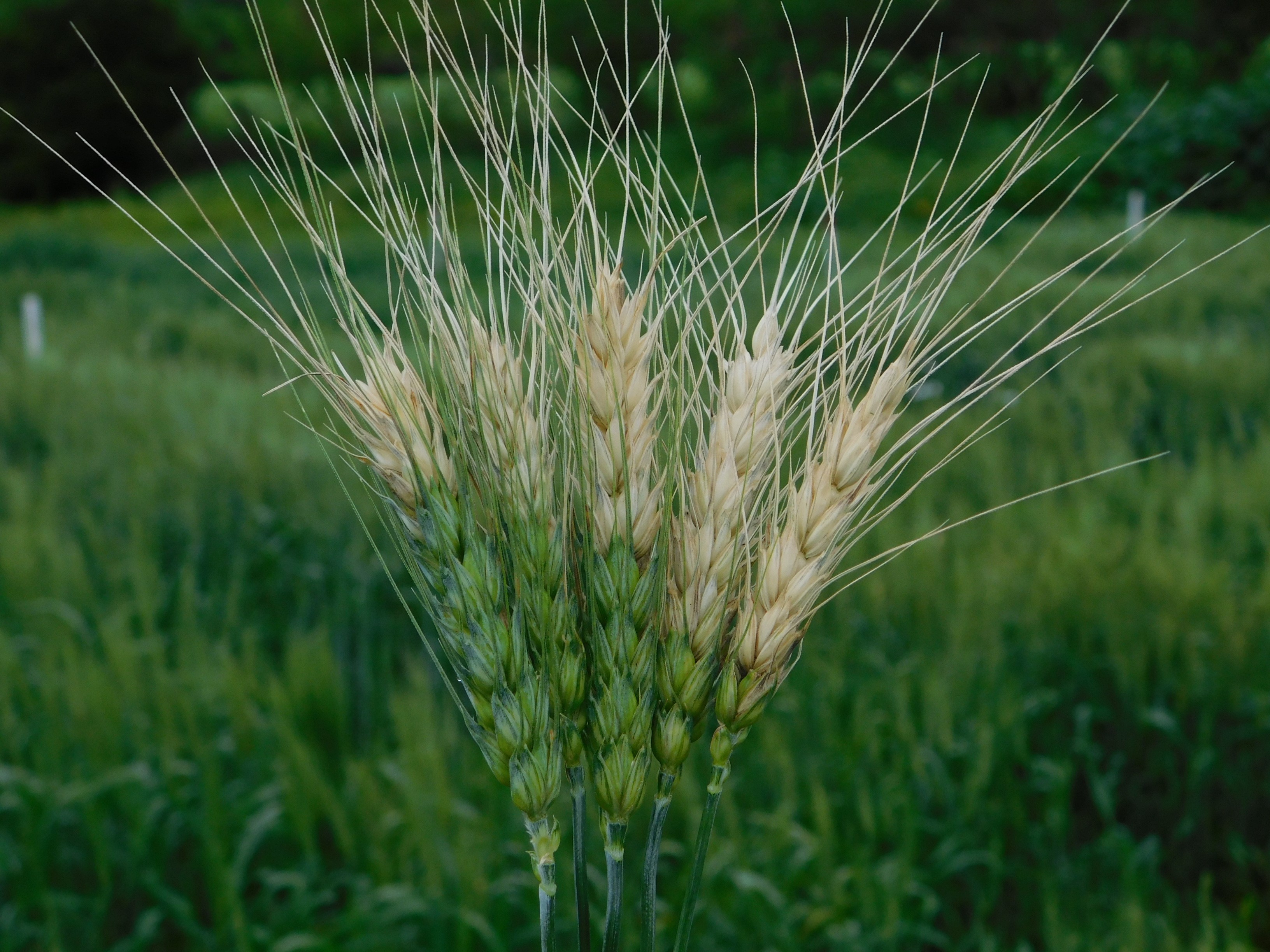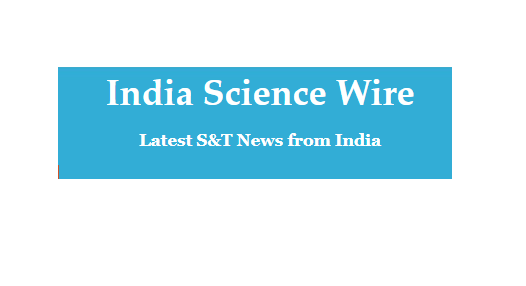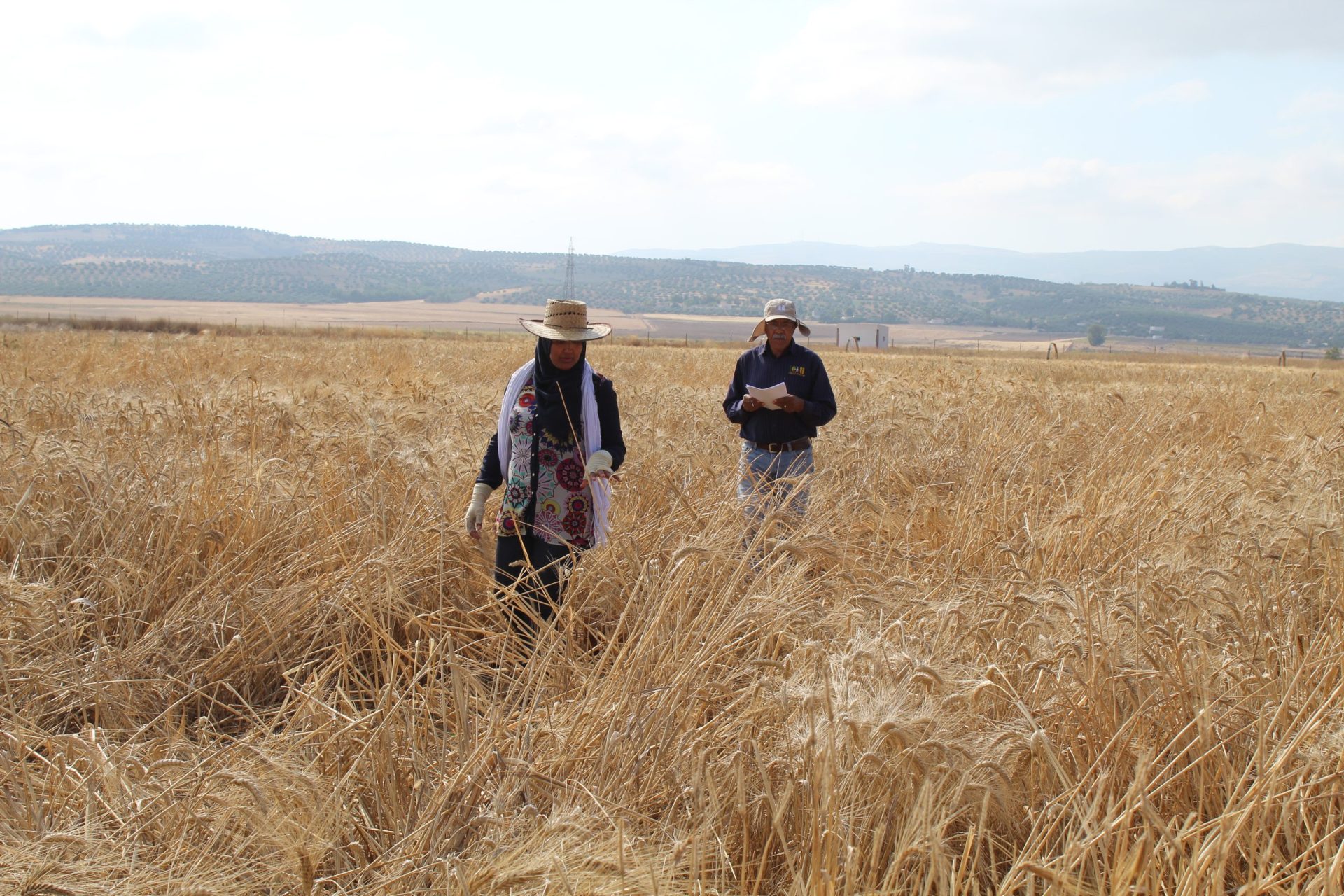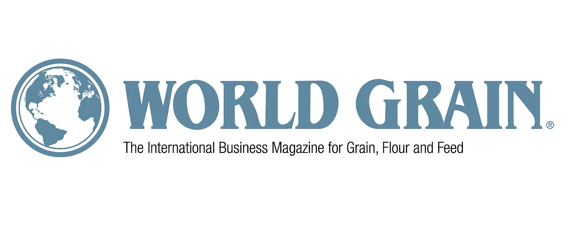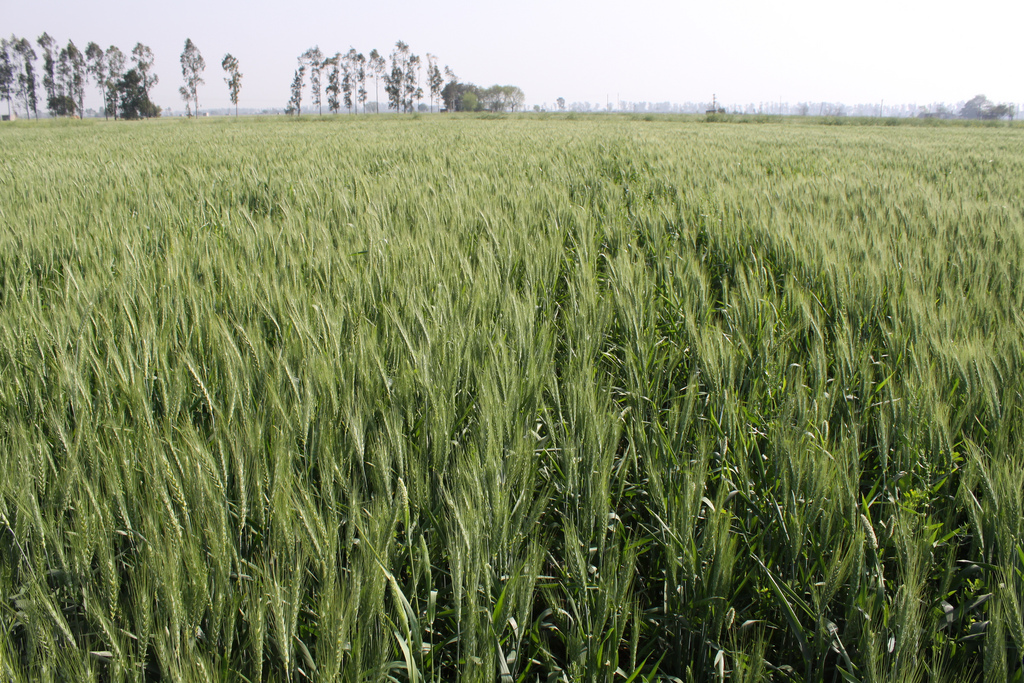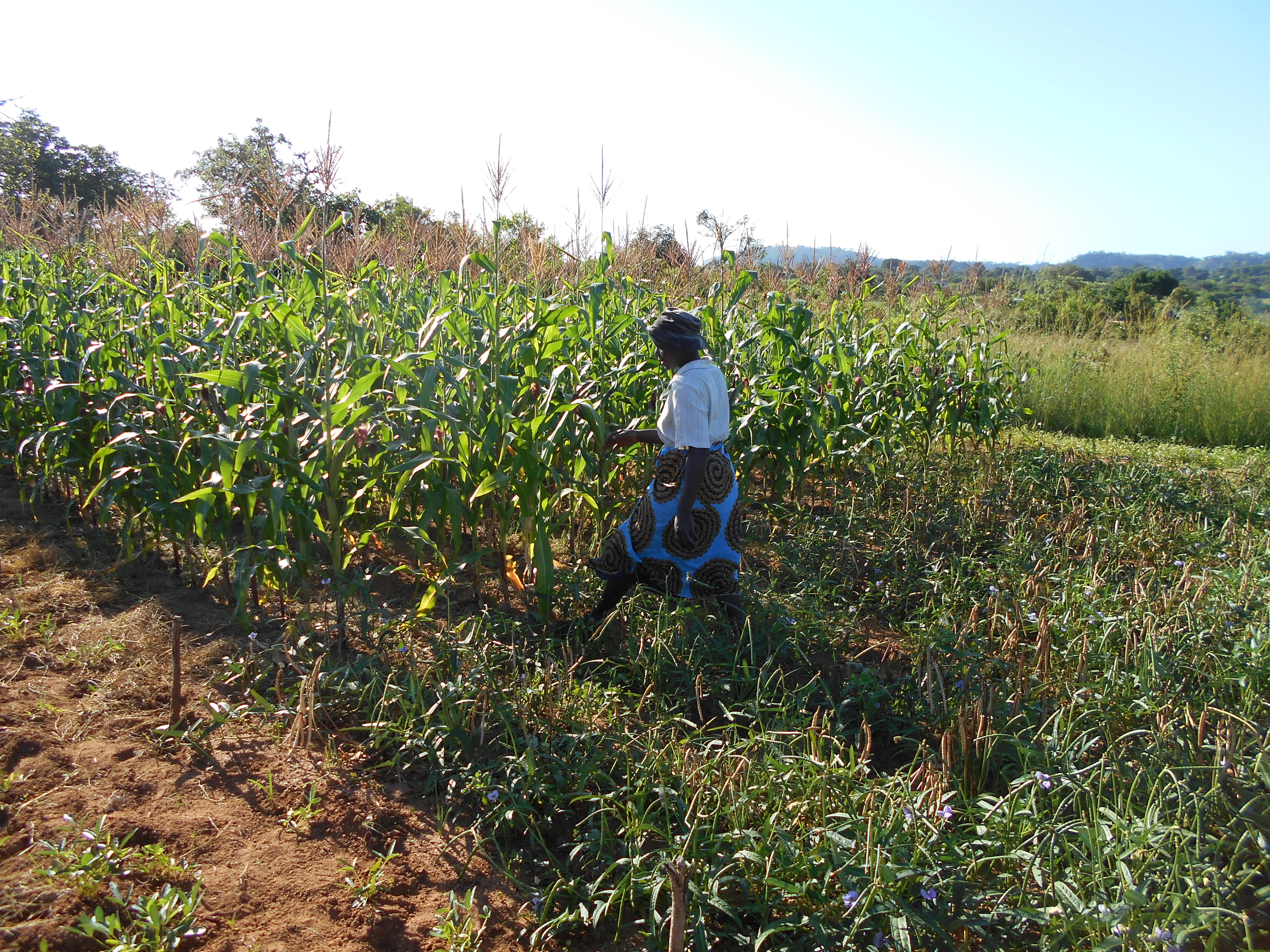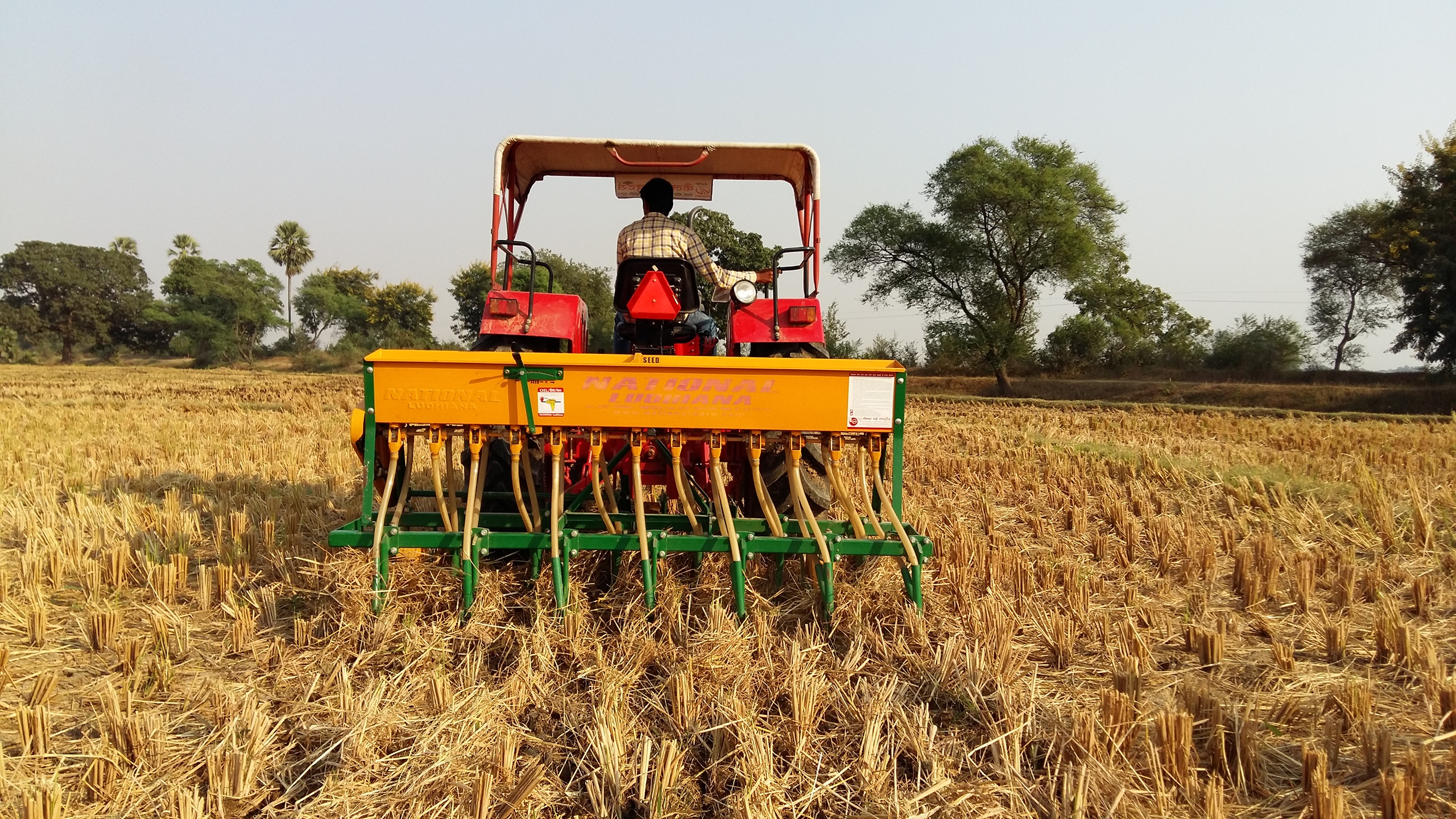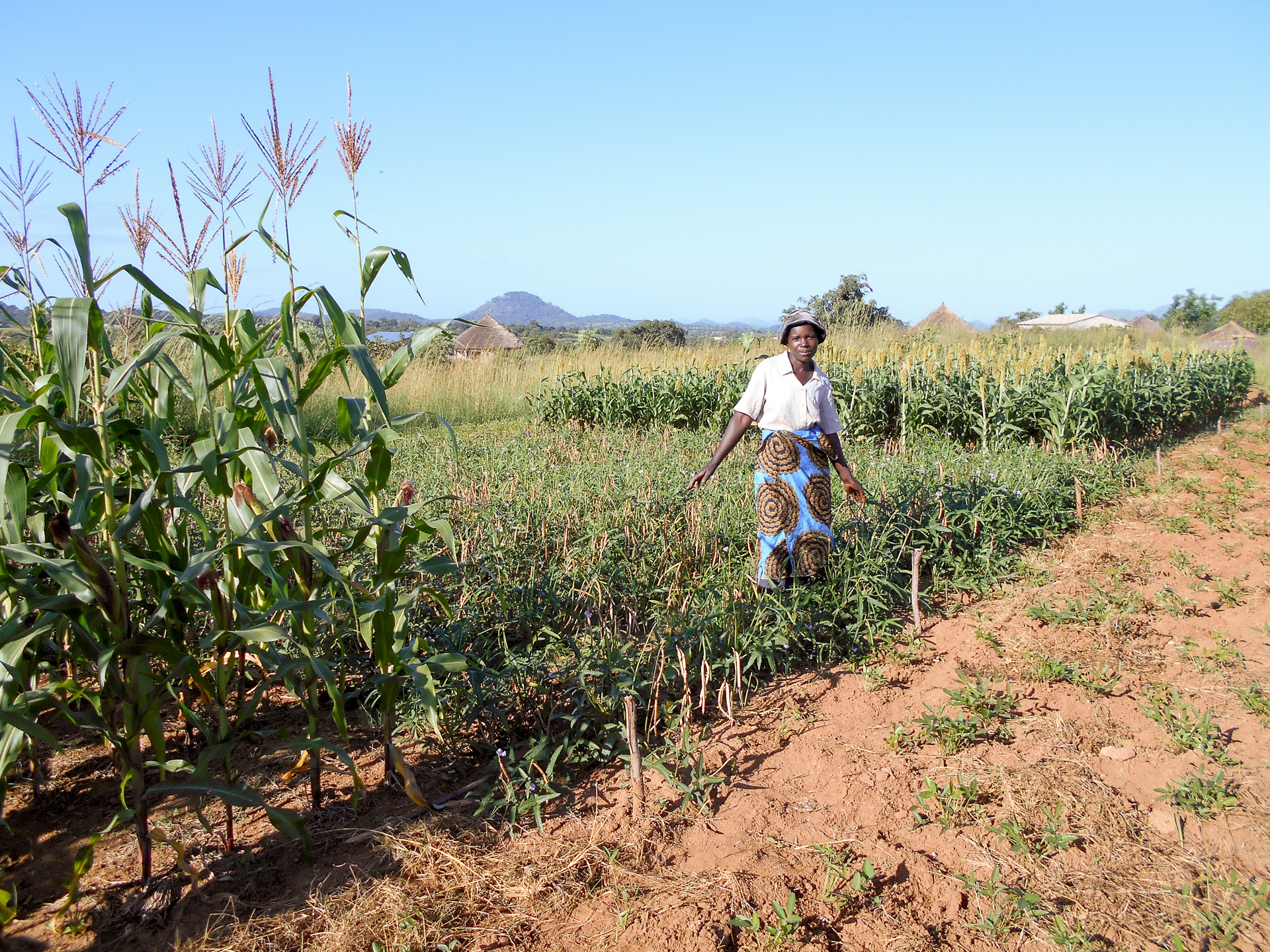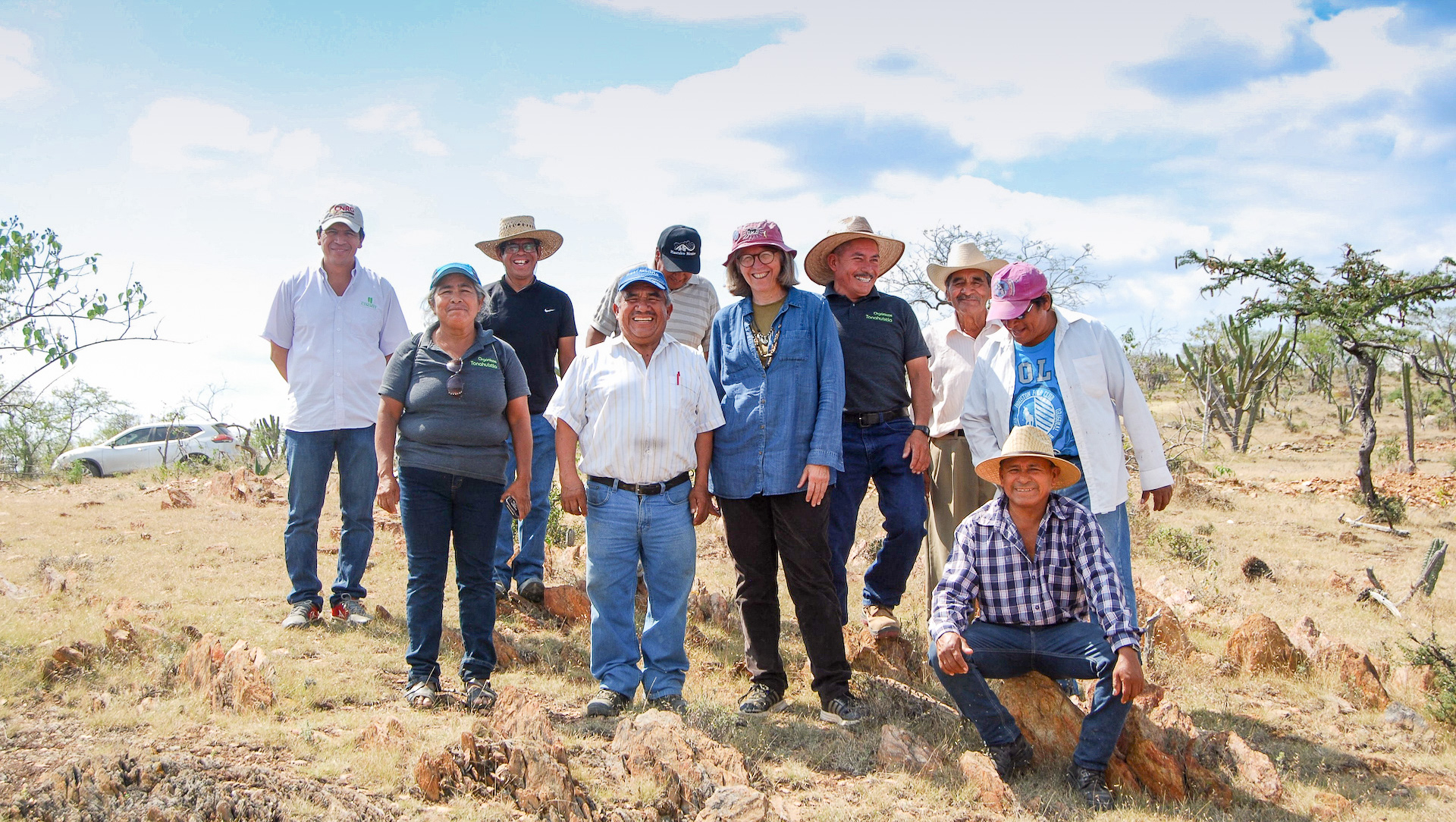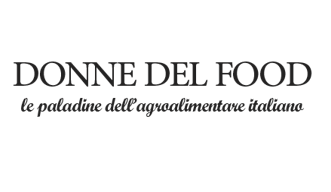Environmental health and biodiversity
The world needs better management of water, soil, nutrients, and biodiversity in crop, livestock, and fisheries systems, coupled with higher-order landscape considerations as well as circular economy and agroecological approaches.
CIMMYT and CGIAR use modern digital tools to bring together state-of-the-art Earth system observation and big data analysis to inform co-design of global solutions and national policies.
Our maize and wheat genebanks preserve the legacy of biodiversity, while breeders and researchers look at ways to reduce the environmental footprint of agriculture.
Ultimately, our work helps stay within planetary boundaries and limit water use, nutrient use, pollution, undesirable land use change, and biodiversity loss.
Scientists find genomic regions associated with wheat blast resistance in CIMMYT nurseries
 Environmental health and biodiversity
Environmental health and biodiversity
Genomic-wide association study evaluated samples from Bolivia and Bangladesh for blast-resistant genes.
Starting with Seeds
 Climate adaptation and mitigation
Climate adaptation and mitigation
CIMMYT and partners in sub-Saharan Africa work with seed companies to invest in deployment of climate-resilient and nutritionally enriched maize seed.
Efforts in controlling maize disease boosting steady supply of certified seeds
 Environmental health and biodiversity
Environmental health and biodiversity
Source: Kenya Broadcasting Company (5 Oct 2020)
CIMMYT and partners are supporting the commercial seed sector to produce seed free from the maize cause of maize lethal necrosis.
‘Seeds for Needs’ approach to develop climate resilient crop varieties
 Climate adaptation and mitigation
Climate adaptation and mitigation
Source: India Science Wire (22 Sep 2020)
Approach combines farmers’ knowledge of resilient crops with ‘elite’ varieties identified by scientists.
Massive-scale genomic study reveals wheat diversity for crop improvement
 Environmental health and biodiversity
Environmental health and biodiversity
A team of scientists has completed one of the largest genetic analyses ever done of any agricultural crop to find desirable traits in wheat’s extensive and unexplored diversity.
Building resistance in wheat: International collaboration fights Septoria tritici blotch disease
 Capacity development
Capacity development
Tunisia-based Septoria phenotyping platform plays critical role in identifying sources of resistance to the disease.
Wheat researchers to gather for October virtual event
 Environmental health and biodiversity
Environmental health and biodiversity
Source: World Grain (27 Aug 2020)
Experts from around the world will meet to discuss the most pressing challenges facing global wheat security.
Agency unveils seed resistant to disease
 Environmental health and biodiversity
Environmental health and biodiversity
Source: The Standard (16 Aug 2020)
Kenya Seed Company worked with CIMMYT to develop a maize lethal necrosis-tolerant hybrid.
Conservation agriculture for sustainable intensification in Eastern India
 Environmental health and biodiversity
Environmental health and biodiversity
A new policy brief provides a roadmap for accelerating the adoption of conservation agriculture in Eastern India.
When mothers learn from babies
 Climate adaptation and mitigation
Climate adaptation and mitigation
The “learning by doing” concept helps farmers in Zimbabwe successfully adopt sustainable agriculture principles.
Could coronavirus drive farmers to adopt sustainable practices in India’s breadbasket?
 Climate adaptation and mitigation
Climate adaptation and mitigation
Interest in farm machinery and crop diversification spike as farmers respond to COVID-19 labor shortages.
Conservation agriculture feeds people and protects the environment
 Climate adaptation and mitigation
Climate adaptation and mitigation
Initiative in Zimbabwe pursues holistic and multi-faceted approach to support climate resilience and increase yields.
The many colors of maize, the material of life
 Environmental health and biodiversity
Environmental health and biodiversity
The use of corn husk as veneer has helped a town to preserve maize biodiversity, protect the environment and reduce migration.
Fight against viruses, also in defense of maize and our food
 Environmental health and biodiversity
Environmental health and biodiversity
Source: Donne del Food (31 May 2020)
B.M. Prasanna, director of CIMMYT’s Global Maize Program and the CGIAR Research Program on Maize, discusses the viral disease maize lethal necrosis.
Stripe rust hits wheat crop in Nepal
 Environmental health and biodiversity
Environmental health and biodiversity
Source: Seed Quest (27 May 2020)
Nepal Agricultural Research Council and CIMMYT scientists suspect new races of stripe and leaf rust in the Nepal hills and terai in the recent 2020 wheat season.
